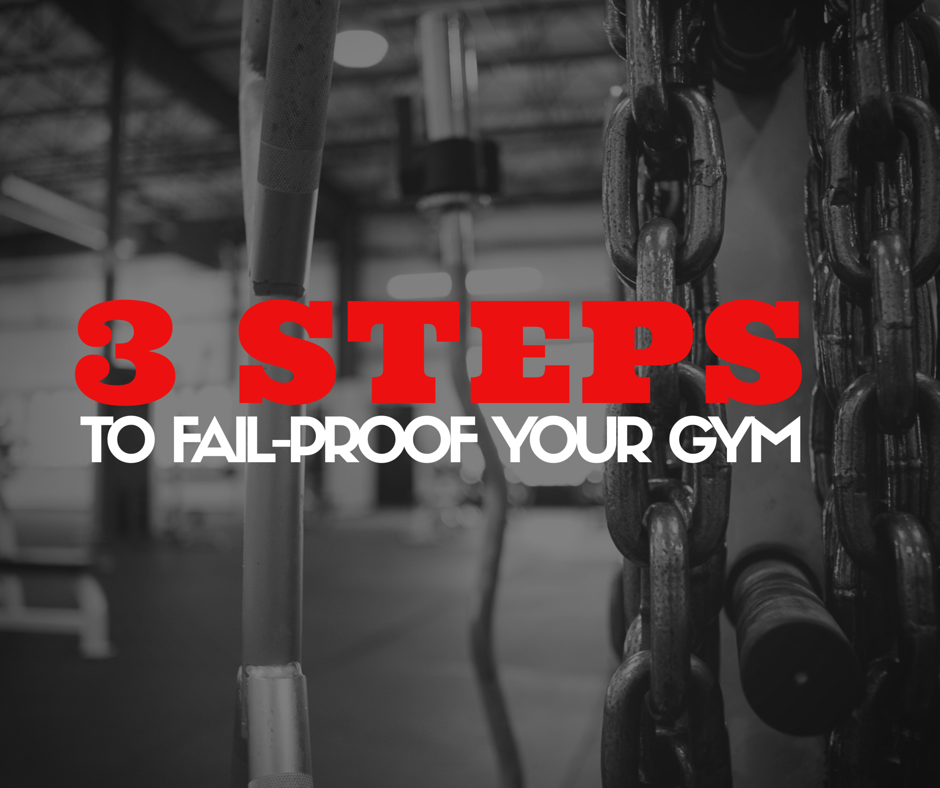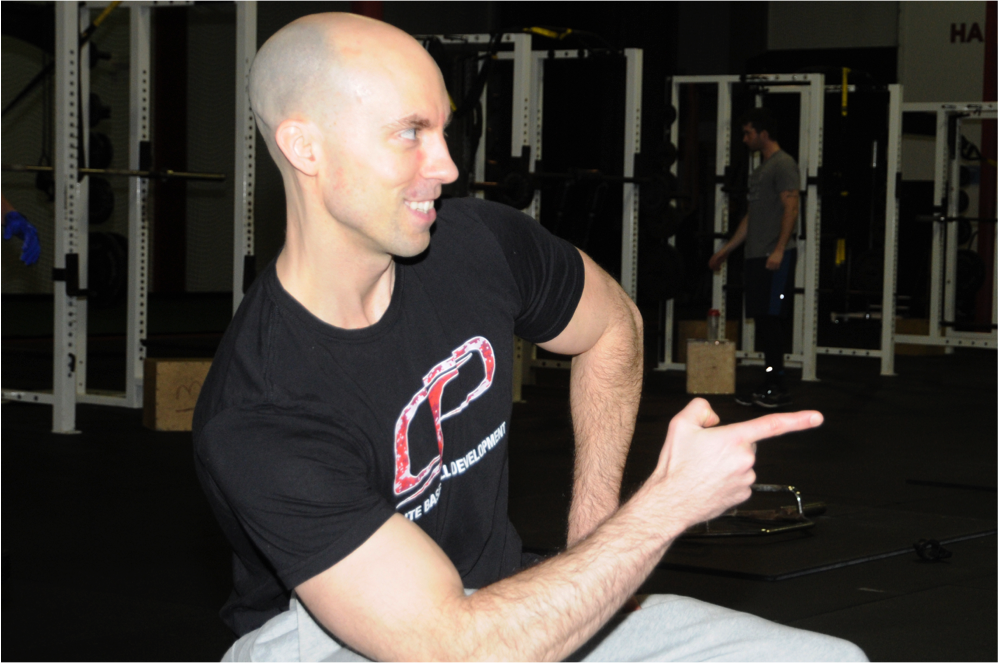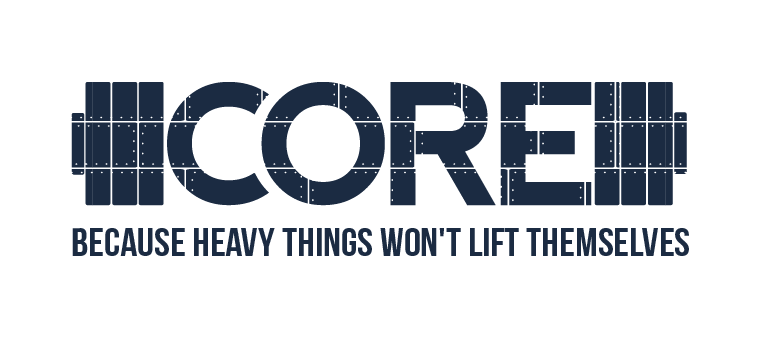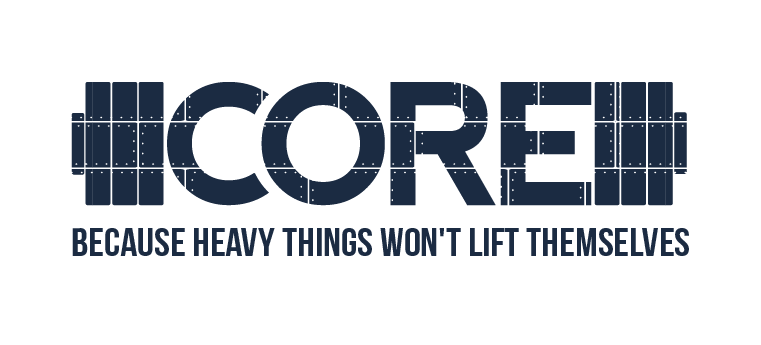Today’s guest post comes courtesy of MBSC Thrive coach, Sean De Wispelaere. When it comes to fitness entrepreneurship – NOTE: commercial gyms trainers this still applies to you – everyone’s always looking for that one “trick” or slight “edge” that will help separate themselves from the masses and serve as the tipping point towards success.
Below are a few things that Sean has noticed from some of the of the top performing coaches have in common within the Thrive program/system.
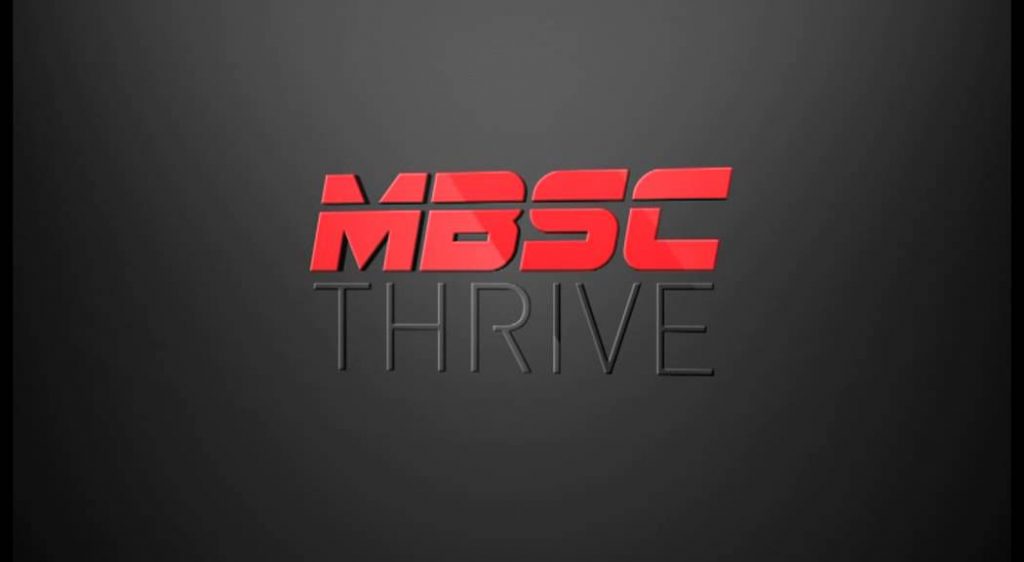
1). Do You
Gary Vaynerchuck, a well-respected entrepreneur and social medial savage, spoke at the USC Entrepreneur Talk a few years back. He had 60 minutes on the clock, walked in, and told the class that the only piece of advice that matters is that they have to identify what they are good at and go all in on that.
He then asked if there were any questions. Savage

Relating that back to the coaching or training, you have to find out who you are as a coach and be really good at making sure your clients see that authentic you. If not, you will always be missing “something” and it will affect your ability to succeed at the level that you want in this industry.
It looks like all of our teachers, parents, and Dr-freaking-Seuss were right. I typically don’t trust anyone wearing a striped hat and bow tie…unless they advocate eggs (or even green eggs)…if Dr. Seuess had a rhyme-y coffee and deadlift book he’d be a triple threat.
Anyway, the majority of coaches or trainers who I have seen fail are the ones who fail to be their authentic self.
The clients are being 100.01% authentic when they buy your services.
That means that they need your help, that they cannot do this on their own, and believe that you’re the one who can help them.
So, when you’re not authentic they will sniff it out over time and as a result they will end their time with you. They usually say that they “can’t afford it anymore,” or “they have a new job that messes up their schedule,” or “King Leonidus power-kicked them into a deep dark hole.
…Regardless of their reason, it comes down to this harsh truth, in my opinion: They don’t trust you. You’re supposed to be the person that helps them succeed with something very challenging and when “something just doesn’t feel right,” you’re done.
Your clients should know some of your quirks, your interests, and why you do what you do.
Warning: there’s a line.
If one of your quirks is that you like to go to Comic-Con, cool. But they shouldn’t know that you went to Comic-Con last week, got hammered, and made 1-5 bad decisions with a Pikachu.
There is no cookie-cutter way of doing this. I’ve seen badass coaches who are the pump-up/hype coach, coaches who are quiet but remember EVERYTHING about their people, coaches who are uber-nerds and give their clients superhero personas, coaches who send a weekly newsletter to their clients just to let them know what is upcoming this week and highlight some clients.
Do you.
You have to be the person that you truly are and not the version that sounds good when you meet someone at the next fitness conference.
Outside of all of the things that can make you, you, here are the things that you have to be able to say ‘yes’ to:
- Do you believe in your clients?
- Do you lead by example and eat, train, and live the life that you’re advising?
- Do you like people?
If your answers to the above aren’t an unequivocal “YES,” then find a way to make them a part of who you are. If you are unable to do that, then you might have to consider a different path. Sorry, but it’s true and might save you a lot of headache down the road.
2) Develop A Firm Philosophy
Your philosophy should be one that your clients can understand.
Keep it simple.
It will go a long way when they are telling their friends about you and WHY your workouts are different than the other programs in your area. On that note, spend the time educating your clients (not all at once…drip it out over time, Turbo). Develop an army of people spreading your good word and impacting your overall culture.
You can’t just be another “get sweaty as F%$k” workout in 2017. There is WAY too much of that and you won’t stand out.
A few tips to develop, re-work, strengthen, or badass-ify your philosophy:
- Simplicity is king
- It has to be one that you believe in so that your enthusiasm about it is contagious
- Let it marinate…
- When you hear a new idea or see a super sweet new piece of equipment don’t become immediately turned on (whoa, whoa…outta the gutter, Nasty) or turned off by it. Let it marinate to see if it actually fits into your philosophy and then make the call.
- “Don’t be afraid to neglect certain ideas that oppose your message But you’re just as proud of what our products don’t do as are of what they do.” – Jason Fried, ReWork
- Too many coaches and trainers think that they have to know everything about everything and include all of the things into their philosophy. I am not saying that you shouldn’t strive to be diverse, but it is ok to take some pressure off of yourself. It wasn’t until I read the above quote that I had a simple way of telling people why we don’t do that one flashy exercise that their friend on Instagram does.The quote is now my gift to you and I hope it helps you say “no” and have that be a positive thing more often.
You are the professional and that is why they hired you. If you let the clients dictate the workout, then why would they keep paying you? Also, remember to have fun (seriously, it’s ok.)
3) The Dirtiest Word in the Industry: Sales
Disclaimer 1: I am well aware it is not about the money. There are 100 other reasons as to why this is the best industry in the entire world, but most coaches are not in a place where they can do it for free.
I have seen aspiring coaches who deeply wanted fitness as their profession, but couldn’t make it financially so they got a job that they didn’t love because it paid the bills. So, though it isn’t all about the money, it is a business and if you want to have the financial means to make it a profession that you are fulfilled in then below are some good business thing-things to keep in mind.
Disclaimer 2: If you have a product, people will buy it. Yes, it really is that simple. They will buy it and tell their friends about. Cool. That is all good and fine, but too many coaches and trainers wait for that to happen. If you want to expedite the process, here are a few ideas to consider.
Referrals
How many referrals per month are you getting? If you have 20 clients and got 4 referrals that is 20%.
How much can you increase that % by each month?
How to increase:
Ask!
Why can’t you have a special group session each month with all of your clients? One that is on-the-house and at the end you let them know that the biggest compliment that they can give you is to bring in a friend to experience what they have. Hand out some “bring a friend” workout cards and let them know how much you appreciate them.
Voila.
New Leads
Outside of marketing via social media (that is a 1,000.5 page article on it’s own)…
Look, I get it. Asking people to workout with you can be a tricky task. Whether you’re in a big box gym or a studio setting this is always a hot/awkward topic. If you’re the type that is able to just walk down the street and grab five leads for a workout…awesome, you don’t need any help and enjoy that cool horn, you’re a unicorn.
But, if you’re like the rest of us…
Drawing up leads:
- Have a weekly or monthly 15-minute KB workshop -or- 2 secrets of fat-loss nutrition tips -or- back pain reducing warm up, etc
- Promote it by telling everyone when they check-into the gym
- Get promo cards made up and pass them out
- Get it on the Group Fitness Schedule
If you’re not getting New Leads
Outside of marketing via social media (that is a 1,000.5 page article on it’s own)...
…in a big box gym, then all of the above topics work well for corporate in-services. Most companies in your area would LOVE to have a health professional come in and talk to their staff. Be audacious enough to reach out to the right people to make that happen.
Conversion
If you give 10 people an introductory workout and ask them to continue training with you, how many say “yes?” 30% is acceptable and upwards of 80% is REALISTIC if you’re damn good.
How to increase it you ask? Well, let’s go to school.
- How good is the initial workout or assessment that you give just before you ask for the sale?
- Do people understand why your services are unparalleled?
- Have you asked your clients why signed up with you and leveraged those reasons into that initial workout with future leads?
Do you consider yourself a student of sales or just blow off that idea as if it is insulting? If you have a product that you are truly proud of and one that can help people live a better life, then why aren’t you proud to influence as many people as possible with that?
When was the last time you read a sales book and had a good mindset about it? Are they relatively corny? Yes, but, there just might be a few valuable tools in them to help you grow your venture.
“Time-the-heck-OUT! Sean, you didn’t give any advice in the above conversion topic at all.”
Or did I? Figured I go out with a Mr. Miyagi moment, Danielson.
* Special moment: To say that writing with Tony Gentilcore, the first fitness blog that I read AND respected, is an honor just doesn’t seem like a strong enough word. Dreams come true.
Thanks for reading and Kaizen on, Beast.
About the Author
Who am I?
Sean De Wispelaere. I have been with MBSC Thrive since the developmental years in 2010 and have contributed to many areas within the company. Mainly in program quality, coach development, and making sure that all of our locations have the support that they need to reach their wildest dreams. Featured in Men’s Health, Women’s Health, Prevention, Runner’s World, Vitamin Shoppe, Bicycling, and Seandthrive.com.
MBSC Thrive licenses facilities across the world with the Mike Boyle Strength And Conditioning program and branding while fueling it with proven business systems.

